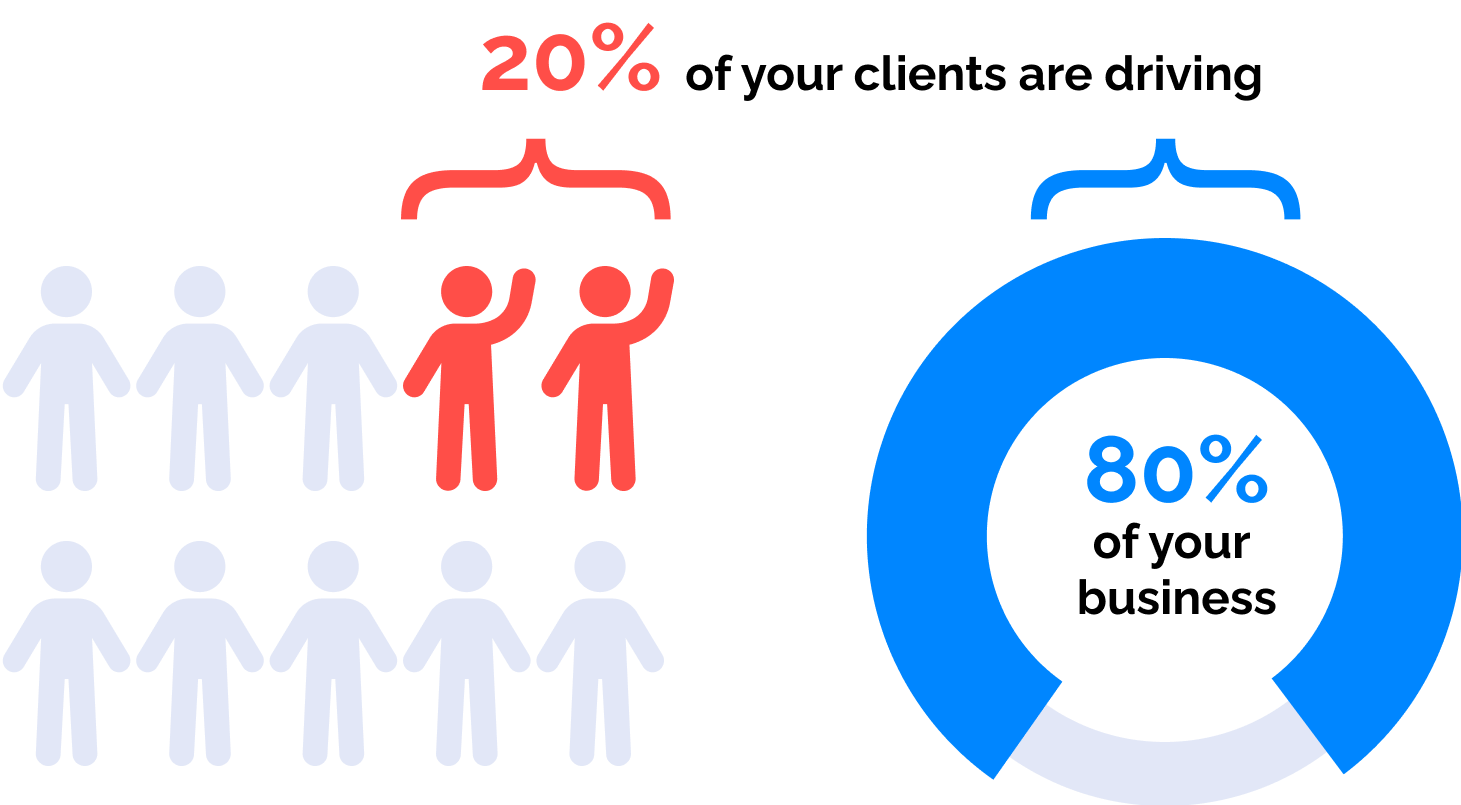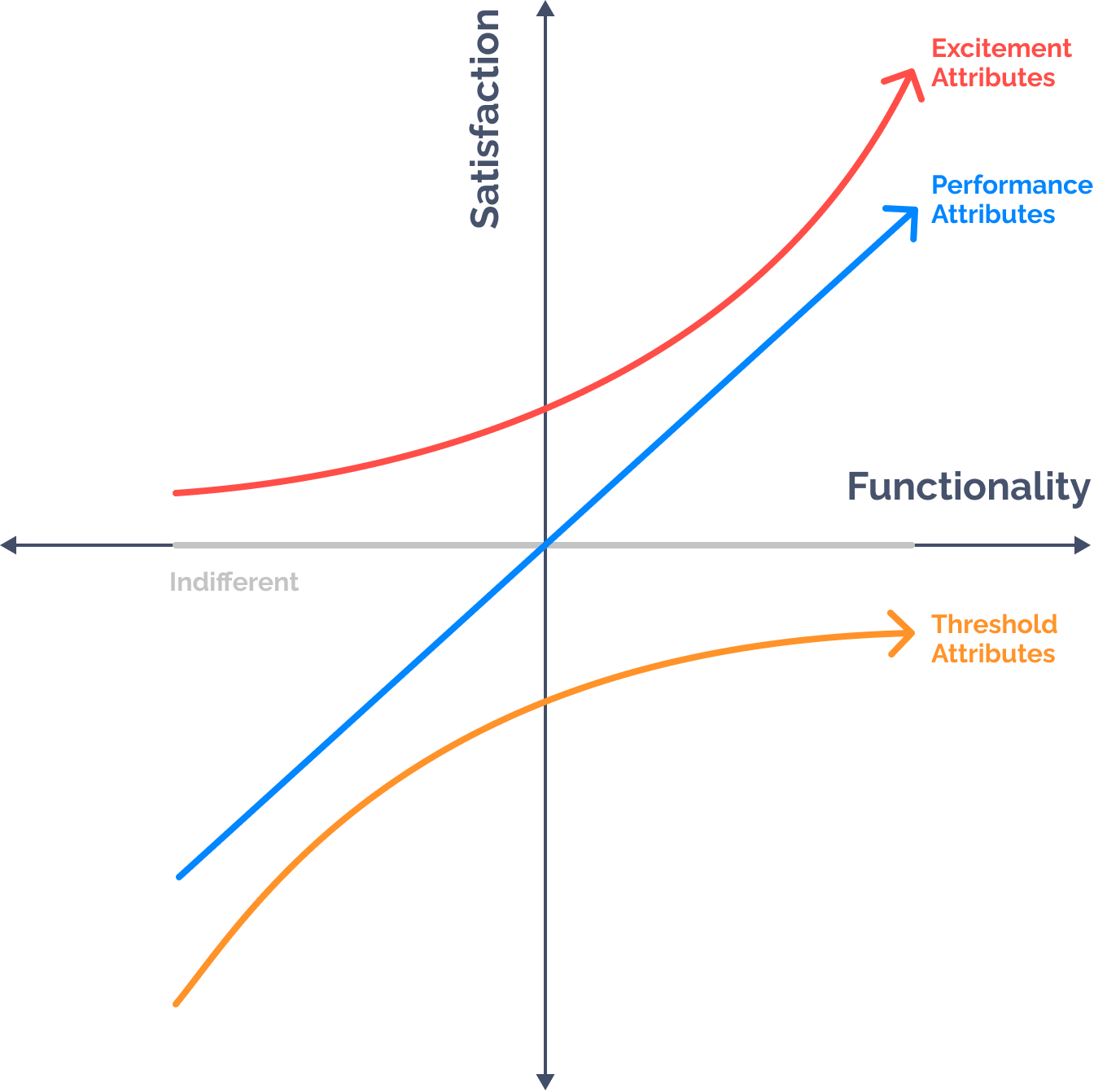Introduction
In the dynamic world of business, understanding and implementing effective customer retention strategies is pivotal for sustaining profitability. This post delves into the profound impact of customer retention on a business’s bottom line, offering insights into why keeping existing customers satisfied is not just a good practice but a vital aspect of successful business management.
Understanding Customer Retention
Customer retention refers to a company’s ability to turn customers into repeat buyers and prevent them from switching to a competitor. Studies suggest that it’s significantly more cost-effective to retain existing customers than to acquire new ones. The Customer Lifetime Value (CLTV) Model further illustrates this, showing how retained customers contribute to a higher net profit over time.
LTV is not just a measure of revenue but a reflection of the health and potential of customer relationships. It plays a pivotal role in guiding businesses towards more customer-centric, sustainable, and profitable practices.
The formula to calculate lifetime value can vary, depending on the specific business model, but a basic version of the formula is:

Average purchase value: The average amount of money a customer spends on each purchase.
Average purchase frequency: The average number of purchases made within a given period.
Customer lifespan: The expected amount of time a customer continues to purchase from the company.
Importance of LTV in Customer Retention:
- Measuring Long-Term Value: LTV shifts the focus from short-term gains to the long-term value of customer relationships. It helps businesses understand how much revenue they can expect from a customer over time rather than just from the initial purchase.
- Guiding Marketing and Sales Strategies: Knowing the LTV helps businesses allocate their marketing and sales resources more effectively. It allows them to understand how much they can afford to spend to acquire a new customer and still remain profitable, which is crucial in designing customer acquisition strategies.
- Improving Customer Segmentation: By understanding the LTV of different customer segments, businesses can tailor their services and marketing efforts more effectively. They can identify which segments are the most profitable and focus their retention efforts on these groups.
- Enhancing Personalization and Customer Experience: Companies can use LTV to prioritize and personalize their efforts towards high-value customers. This can lead to improved customer experiences, as high LTV customers might receive more personalized services or exclusive offers.
- Driving Profitability: Ultimately, a focus on LTV encourages strategies that enhance customer retention. Retained customers often have a higher LTV as they tend to purchase more over time, provide valuable feedback, and may cost less to serve than new customers. Thus, businesses that focus on increasing LTV typically see improved overall profitability.
- Encouraging Sustainable Business Growth: LTV is a key metric for sustainable growth. By understanding and maximizing the LTV of their customers, businesses can grow more sustainably, as it is often more cost-effective to retain existing customers than to acquire new ones.
Increased Revenue and Reduced Costs
Loyal customers tend to spend more and require less marketing, leading to increased revenue and reduced operational costs. The Pareto Principle, or the 80/20 rule, applies here; a small fraction of loyal customers often constitute a major portion of a company’s revenue.

This suggests that a small segment of loyal customers contributes a disproportionately large part of total sales. Recognizing and focusing on these key customers can lead to more efficient and effective retention strategies. By identifying that a smaller portion of customers is responsible for the majority of the revenue, businesses can optimize resource allocation. Instead of spreading resources evenly across all customers, companies can focus more on those high-value customers, ensuring they receive exceptional service and personalized experiences.
Additionally, The Pareto Principle suggests that most customer feedback and product improvement ideas might come from a smaller subset of your customer base. Paying close attention to these customers can provide valuable insights for business improvement and innovation. As such, in customer service, it’s often found that 80% of complaints or issues stem from 20% of the problems or challenges faced by customers. Identifying and addressing these key issues can significantly improve customer satisfaction and retention.
Word-of-Mouth and Brand Reputation
Satisfied customers are your best advocates. They contribute to word-of-mouth (WOM) marketing, which is not only free but also highly effective. Word-of-mouth is a powerful tool because it comes from a trusted source, typically friends, family, or peers. Recommendations from these sources are often perceived as more credible and trustworthy than traditional advertising.
When existing customers speak positively about a brand, it not only helps in retaining them due to their own reaffirmed positive perceptions but also attracts new customers.
Positive word-of-mouth drives new customer acquisition. Prospective customers who hear positive feedback are more likely to try a product or service, thereby reducing the effort and cost involved in acquiring new customers. Moreover, these customers acquired through WOM often have a higher trust in the brand from the outset.
A strong brand reputation fosters customer loyalty. Customers are more likely to stay with a brand that is well-regarded and often recommended by others. This loyalty translates into repeat business, which is more profitable in the long run. A strong brand reputation, built through positive WOM, can also provide a buffer in times of crisis. Loyal customers and positive public perception can help a company navigate through tough times more effectively than companies without such support.
Word-of-mouth has a multiplier effect. One person’s positive experience can influence many others, leading to an exponential increase in brand awareness, customer acquisition, and retention.
Data-Driven Insights and Personalized Experiences
Customer retention is not a mystical quest but a strategic approach grounded in data insights and tailored experiences. In today’s market, understanding your customers’ unique needs and desires is critical to retention. This is where data becomes your map, revealing hidden preferences in purchase histories, website clicks, and engagement metrics.
Data empowers you to personalize every touchpoint. Greet returning visitors by name, recommend products based on past searches, offer birthday discounts like cherished gifts, and even anticipate their questions before they ask. This orchestrated experience fosters a sense of connection and value, driving loyalty and satisfaction.
But data is more than just a passive observer. It illuminates the path to proactive care. Predictive analytics identifies customers at risk of churn, allowing you to intervene with timely incentives or a friendly reminder of their value. Think of it as mending a frayed rope before it snaps, strengthening the customer relationship and preventing potential loss.
Personalization goes beyond transactions, building long-term loyalty rooted in trust and understanding. Analyze evolving needs and preferences, tailor offerings accordingly, and engage in an ongoing conversation with your customers. This shift from generic marketing to curated experiences transforms customers into active participants, forging a bond that transcends short-term benefits.
Data insights and personalization are not mere tools; they are the architects of customer retention. By understanding your customers’ individualities, anticipating their needs, and delivering relevant experiences, you cultivate an environment where loyalty thrives, and churn fades into the distance. In this competitive landscape, personalized connections are your true north, guiding you toward a sustainable and fulfilling future. So, embrace data as your compass, personalization as your rudder, and set sail towards a loyal and profitable journey.
The Kano Model
The Kano model provides a valuable framework for understanding customer preferences and their impact on satisfaction and retention. It categorizes product or service features into five groups:
- Excellent Attributes: These features exceed customer expectations and create excitement and pleasure. While their absence wouldn’t cause dissatisfaction, their presence significantly boosts satisfaction and loyalty.
- Linear Attributes: These features directly correlate with customer satisfaction. The more present and well-developed they are, the higher the satisfaction, and vice versa. Data insights are crucial in identifying these essential features and ensuring they meet or exceed customer expectations.
- Indifferent Attributes: These features have little impact on customer satisfaction, regardless of their presence or absence. Focusing resources on these features might not yield significant returns in terms of retention.
- Reverse Attributes: These features, when present, can actually decrease customer satisfaction. Data analysis can help identify and eliminate these features or redesign them to become delightful or linear.
- Performance features: These features are considered basic requirements, and their absence leads to dissatisfaction. While ensuring their presence is essential, focusing solely on them won’t necessarily drive retention.

By understanding how customer preferences fall into these categories, businesses can leverage data insights and personalization more effectively. By identifying delightful and linear features through data analysis, businesses can prioritize investments in developing and enhancing these features, maximizing their impact on customer satisfaction and retention.
Knowing which features fall into different Kano categories for individual customers allows for tailored experiences. For example, highlighting delightful features for loyal customers who already appreciate them while ensuring must-have features are always met for all customers.
Churn Rate Analysis
Understanding and analyzing churn rate – the percentage of customers who stop using a company’s products or services over a period – is crucial in measuring the success of retention strategies.

By delving into customer data, churn analysis illuminates the reasons behind customer departures. Are they dissatisfied with product features? Faced with pricing roadblocks? Experiencing poor customer service? Identifying these triggers is the first step towards addressing them and plugging the leaks in your revenue stream.
But churn analysis isn’t just retrospective. It gives the marketer the power of prediction, analyzing past behavior patterns to identify customers at risk of leaving before they even reach the edge. This foresight allows you to intervene with targeted offers, personalized engagement, or simply a friendly reminder of their value. Think of it as catching them before they fall overboard, transforming potential churners into loyal ambassadors.
The financial impact of churn is quantified, presenting a stark picture of the direct cost of lost customers. This tangible metric underscores the importance of retention strategies, making the business case for their implementation unignorable. It’s like putting a dollar sign on every ship that disappears on the horizon, urging you to take decisive action.
Churn rate analysis isn’t just a number; it’s a dynamic tool shaping your business trajectory. By understanding the “why” of churn, predicting potential losses, and optimizing your customer journey, you navigate towards calmer waters of retention and unlock the full potential of your business. So, embrace churn rate analysis as your guide, and set sail towards a future of loyal customers and sustainable growth.
In Conclusion
Customer retention is a comprehensive approach to business that significantly impacts profitability. It’s not just about keeping customers; it’s about building lasting relationships that translate into sustained revenue and growth. Loyal customers are your golden geese; each purchase is a feather in your cap. Data reveals their hidden desires and personalized VIP treatment breeds trust and value, leading to higher spending, lower costs, and brand advocacy.
Embrace retention, and watch your profits soar.
